I just spent 3 days at the California Water Environment Association Annual Conference in Santa Clara, California, and came back with a new perspective on the world of recycled water. This perspective is worth sharing with you.
Direct Potable Reuse
Direct Potable Reuse is a process where recycled water is treated using Full Advanced Treatment (FAT) technologies (the same ones used to create bottled water from sea water), the end product is cleaner than anything on the planet. This water is so pure that it could be used as a drinking water supply – but alas there isn’t any state regulations that allow for it to happen. That regulation is coming, just wait a few more months.
Don’t let the words Direct Potable Reuse (DPR) scare you.
If anything – embrace it.
The water sector is very concerned about what is in our water supply and how it can affect you. More than anything, the wastewater agencies are WAY more concerned about what could be in possible drinking water supplies that they go through extensive testing to ensure the water that leaves their facility has a higher water quality than in the receiving waterway.
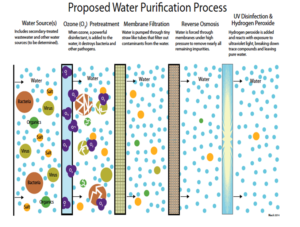
Full Advanced Treatment as drawn by PureWaterMonterey.org
What does that mean? If 100 million gallons of treated wastewater is being pumped into the Sacramento River, then that water is cleaner than the water already there. What this also means is that the drinking water plant (or the highly controversial twin tunnels) that will then pull out of the Sacramento River, will pull some of that treated wastewater too. They’ll clean it through conventional water treatment processes and plumb it to your home.
Ironically – a water treatment plant is only required to test for about 50 chemicals and compounds, measuring to the parts per million or parts per billion. For wastewater treatment plants that create a water so pure it could be used as a drinking water source – they’ll test for 222 chemicals or compounds and measure to the parts per billion or parts per trillion. They are not required to test for this on the state level, but they want to make sure their water is clean and safe for public use.
Any chemicals found, even those with trace markers – where you would need to ingest 100,000 gallons per day to even have it show up in your body – is considered a big no-no. Ironically, some of these chemicals that scare people are also found in your favorite sodas, wines and beers – but we as consumers don’t even bat an eye lash to it. So why are we so hard on the pure water leaving an advanced water purification plant?
A water treatment plant has to share that data with the public on a quarterly basis, a wastewater treatment plant doesn’t, they do it for transparency.
So why should you care?
There is physically not enough water available on this planet for humans to survive unless we embrace recycled water as a capability to increase our drinking water supply. Think of it this way, if we cleaned and sent all wastewater effluent through Full Advanced Treatment, then plumbed it to the inlet of the water treatment plant we could save hundreds of bilions of gallons of water each day and not have to go through such extreme drought measures.
Think of it another way – how do you think people survive on the International Space Station? They don’t have a rocket ship full of water. No, they recycle their urine to a quality they can drink again.
At the end of one of the sessions, someone in the audience asked the question on everyones mind.
If we don’t have regulations surrounding direct potable reuse yet, then how can a wastewater treatment plant dump their effluent into a river – in some cases being the only source water – and a water treatment plant down stream can then pull out of that river and turn it into a drinking water supply?
In the eyes of the state… that is called an “incidental occurrence.”
Direct Potable Reuse is already here – just plumb effluent into a natural river channel and then pull it out at a drinking water treatment plant – we technically already do it. You have been drinking recycled water your entire life.
Embrace it, don’t let scare you.

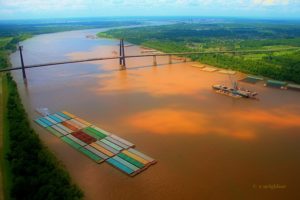
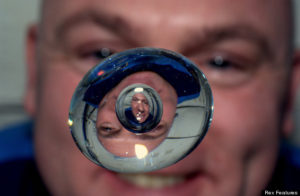
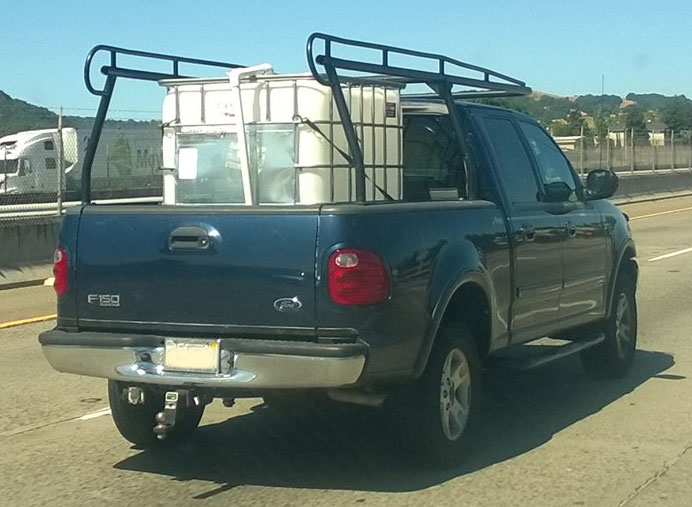
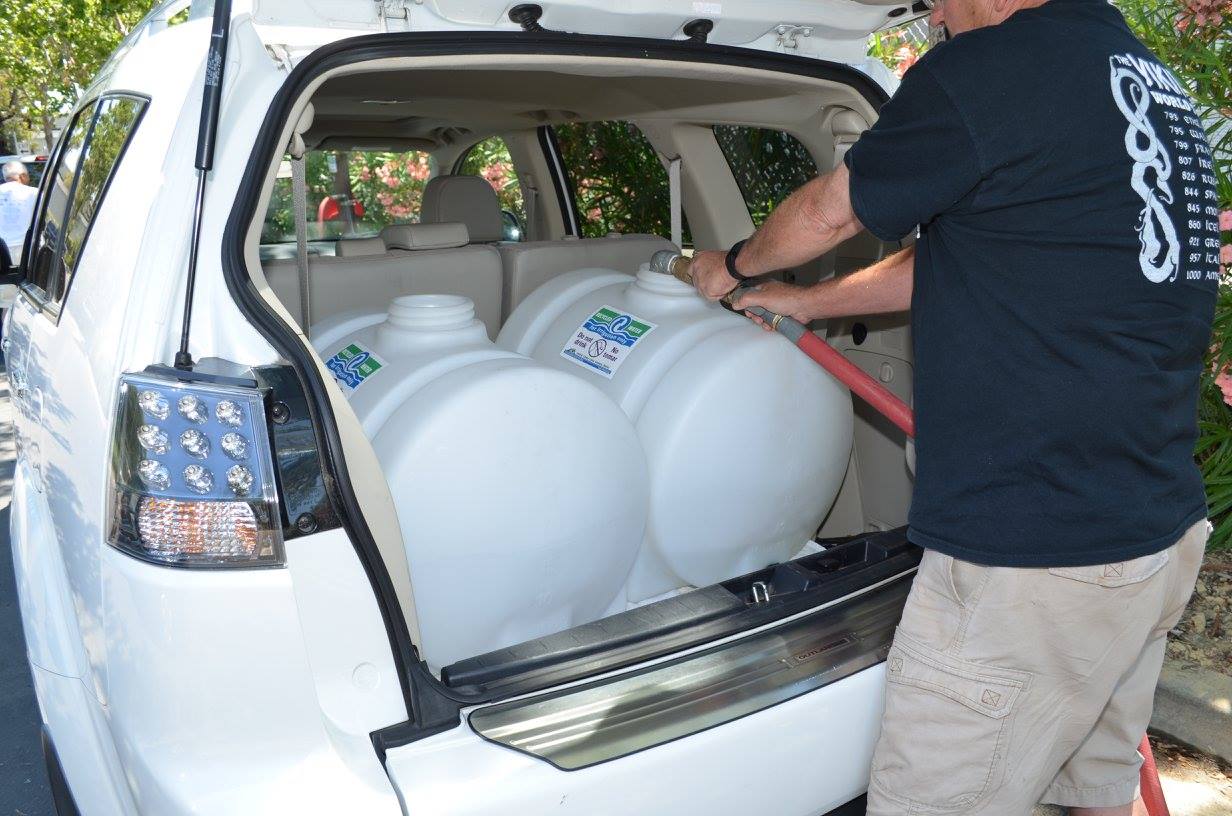
Leave a Reply